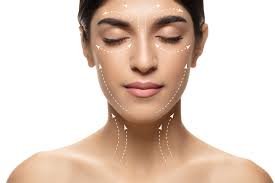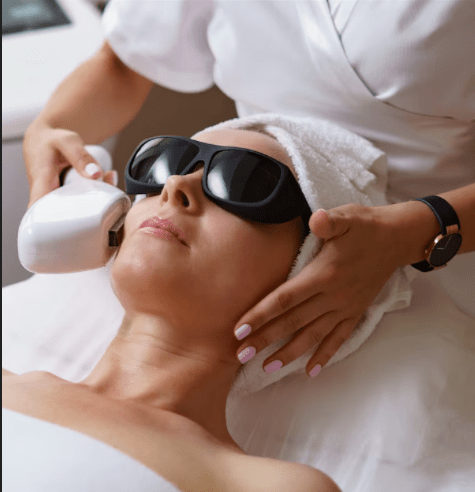A successful facelift doesn’t end in the operating room — it continues through a careful and well-managed recovery. Avoiding common post-operative mistakes is essential for optimal healing, minimal complications, and the best aesthetic outcome. Here are the top 10 recovery mistakes facelift patients should avoid:
1. Ignoring Post-Operative Instructions
Your surgeon’s aftercare guidelines are designed to promote healing and reduce risk. Skipping medications, using non-recommended products, or not following wound care instructions can lead to infection or poor healing.
2. Returning to Activity Too Soon
Many patients feel good within a week or two and rush back to work, exercise, or household chores. Even if you feel ready, your tissues are still healing beneath the surface. Overexertion can increase swelling, bruising, or disrupt sutures.
3. Not Keeping the Head Elevated
Sleeping flat or bending over frequently can cause unnecessary facial swelling. Keeping your head elevated — especially during the first 7–10 days — helps minimize swelling and bruising.
4. Smoking or Vaping
Nicotine constricts blood vessels, impairing circulation and slowing down healing. Smoking significantly increases the risk of skin necrosis and scarring. It’s essential to quit several weeks before and after your surgery.
5. Skipping Follow-Up Appointments
Post-operative check-ups allow your surgeon to monitor your progress and address any concerns early. Don’t cancel or postpone these visits, even if you think you’re healing well.
6. Applying Ice Incorrectly
While cold compresses can help reduce swelling, applying ice directly to healing skin or using ice for too long can damage delicate tissues. Always follow your surgeon’s instructions on when and how to apply cold therapy.
7. Wearing Makeup Too Soon
Makeup can irritate incisions or introduce bacteria if applied before your skin is ready. Most surgeons recommend waiting at least 2 weeks — or longer — depending on the areas treated.
8. Exposing Healing Skin to Sunlight
Fresh incisions and delicate post-op skin are highly sensitive to UV rays. Sun exposure can lead to pigmentation changes or darkened scars. Wear a wide-brimmed hat and use surgeon-approved sunscreen once you’re cleared.
9. Becoming Obsessive About Swelling or Bruising
Swelling and bruising are normal parts of facelift recovery, particularly with deep plane techniques that work in deeper tissue layers. Avoid panicking if your results aren’t immediate. Trust the process — most visible swelling subsides within 3–4 weeks.
10. Expecting Immediate Final Results
A deep plane facelift offers dramatic, natural-looking results — but they take time. Don’t judge your outcome too early. True refinement can take several months as tissues settle and residual swelling fades.
Avoiding these recovery mistakes can make a significant difference in both your healing experience and your final results. Always stay in close communication with your surgeon, listen to your body, and give yourself the time and care you deserve after such an important procedure.




